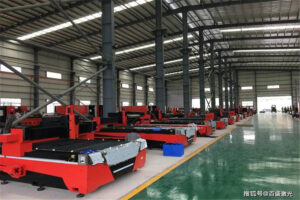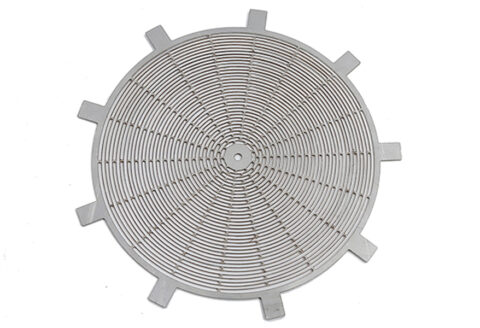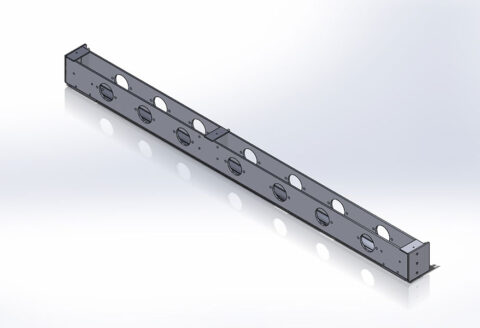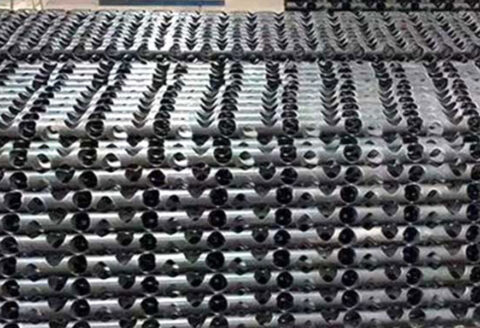01. It is difficult to maintain a quasi-stable combustion process
In the actual cutting process of a metal laser cutting machine, the thickness of the sheet that can be cut is limited, which is closely related to the unstable combustion of iron at the cutting edge. In order for the combustion process to continue, the temperature at the top of the slit must reach the ignition point. The energy released by the combustion reaction of iron oxide alone cannot guarantee the continuity of the combustion process.
On the one hand, due to the continuous cooling of the slit by the oxygen flowing from the nozzle, the temperature of the cutting edge is reduced;
On the other hand, the ferrous oxide layer formed by combustion covers the surface of the workpiece and hinders the diffusion of oxygen. When the oxygen concentration drops to a certain level, the combustion process will be extinguished.
When a traditional convergent beam is used for laser cutting china, the area of the laser beam acting on the surface is very small. Due to the high laser power density, the surface temperature of the workpiece not only reaches the ignition point in the laser radiation area, but also in a wider area due to heat conduction. The diameter of the oxygen flow acting on the surface of the workpiece is greater than the diameter of the laser beam. This shows that a strong combustion reaction occurs not only in the laser radiation area, but also in the periphery of the laser spot.

When cutting thick plates, the cutting speed is quite slow, and the iron oxide burns faster on the surface of the workpiece than the cutting head. After the combustion continues for a period of time, the combustion process is extinguished due to the decrease in oxygen concentration. Only when the cutting head moves to this position, the combustion reaction restarts. The cutting edge combustion process is carried out periodically, which will lead to temperature fluctuations of the cutting edge and poor cut quality.
02. In the thickness direction of the plate, it is difficult to keep the oxygen purity and pressure constant
When cutting thick plates with a metal laser cutting china machine, the reduction of oxygen purity is also an important factor affecting the cutting quality.
The purity of the oxygen stream has a great influence on the cutting process. The oxygen flow purity drops by 0.9%, and the combustion rate drops by 10%; when the purity drops by 5%, the combustion rate drops by 37%. The reduction of the burning rate will greatly reduce the energy input into the cutting seam during the burning process and reduce the cutting speed. At the same time, the iron content in the liquid layer of the cutting surface increases, which increases the viscosity of the slag and makes it difficult to discharge the slag. This will cause serious slagging at the lower part of the incision, making the quality of the incision unacceptable.
In order to maintain stable cutting, the purity and pressure of oxygen flow in the thickness direction of the sheet should be kept constant. In the traditional laser cutting process, common conical nozzles are often used, which can meet the requirements of thin plate cutting. However, when cutting thick plates, as the air supply pressure increases, the nozzle flow field is likely to form a shock wave, which has a lot of harm to the cutting process, reduces the purity of the oxygen flow, and affects the cutting quality.
There are three ways to solve this problem
- Add a preheating flame around the cutting oxygen flow.
- Add auxiliary oxygen flow around the cutting oxygen flow.
- Reasonably design the inner wall of the nozzle to improve the flow field characteristics.


